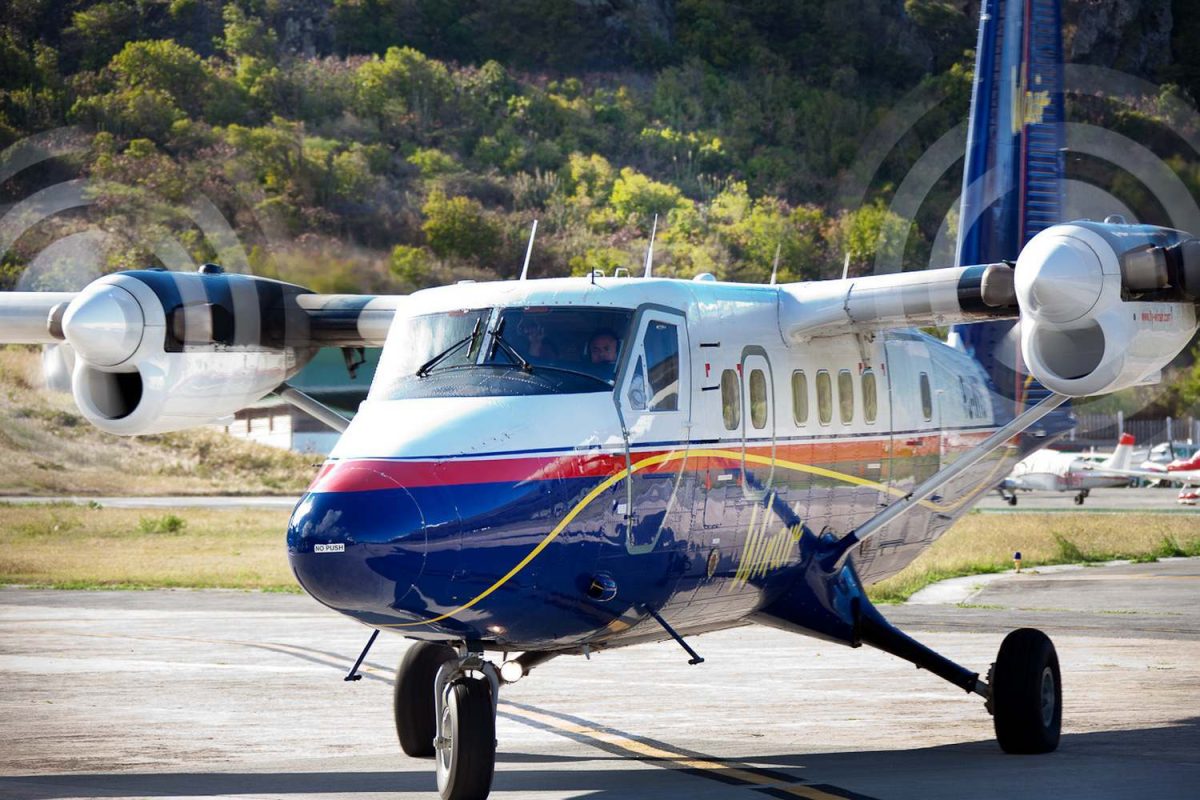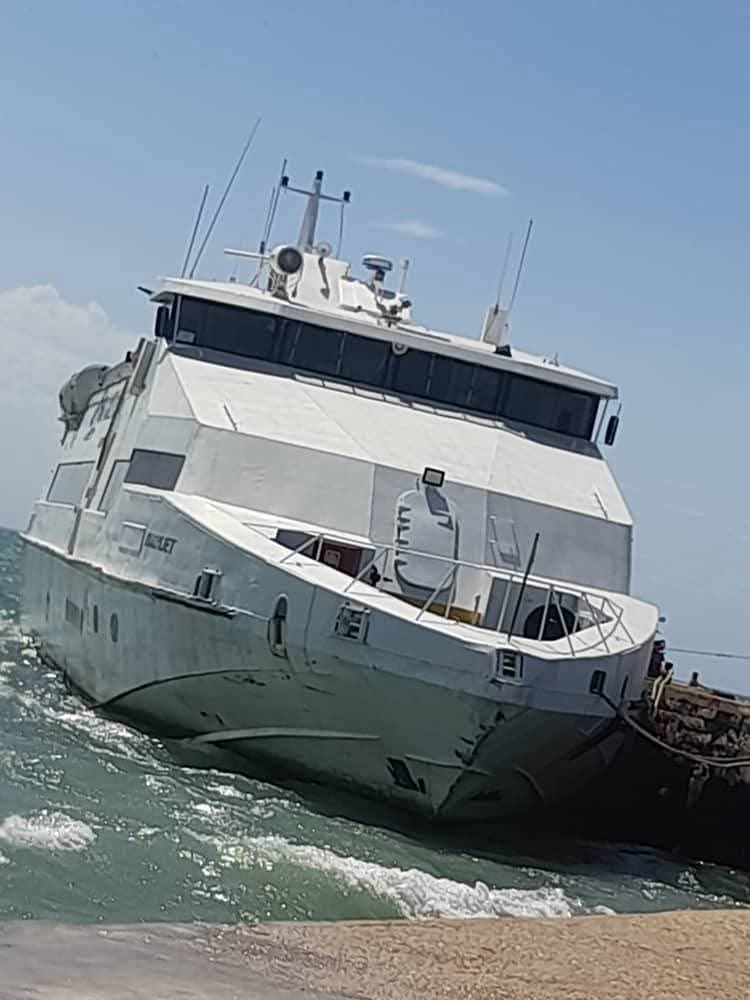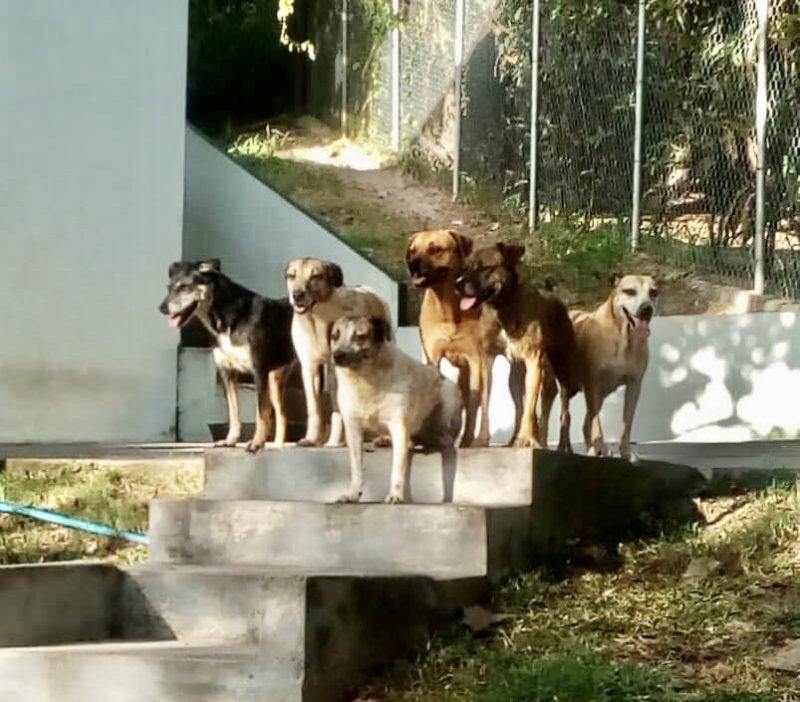Leader of the Opposition Paul Lewis has challenged a recent report by the United Kingdom’s Air Safety Support International (ASSI) on the use of Twin Otter aircraft to service Montserrat.
In a letter addressed to Justin Rothwell, Chief Operating Officer at ASSI, Mr. Lewis questioned the report which says that Islanders should be the preferred mode of air transport given the length of Montserrat’s runway.
The ASSI report noted that when John A. Osborne Airport was built in 2004/05, the Twin Otter was the aircraft of choice and the current length of less than 800m was deemed adequate to accommodate the 19-seat aircraft. However, new regulations require a Runway End Safety Area (RESA) of 30m which reduces the usable area of the current strip. (Actual length of runway is 596m)

In the report, written by Rothwell, it says the new length restriction and the terrain would make Montserrat’s runway less appropriate for the Twin Otter. It indicated that ambient conditions and weight of payload are factors which formed part of their recommendation. The Twin Otter, the report noted, would need to travel with a reduced passenger load not more than an Islander to safely use the runway.
“So, whilst on an unrestricted runway, the Twin Otter could carry circa twice as many people as the Islander, Montserrat’s runway is restricted in length. This means that, on cooler days, when operating into Montserrat, the Twin Otter could take one more passenger than the Islander. However, this must be viewed in the context of the operating costs of the Twin Otter which, at a reported US$1,337 per hour, are approximately double that of the Islander,” the report read.
The Opposition leader in his letter to ASSI and the relevant government ministries said it was concerning that the RESA affected the Twin Otter but not the Islanders currently in use by both Fly Montserrat and SVG Air, which service the island.
“The question must be asked who benefits from the obvious disqualification of the Twin Otter from operating into the JAO Airport despite almost two decades of obvious flawless performance contrary to the concerns expressed in the document. As the author correctly confirms that the Aerodrome was designed for use by the DH6. There have been zero concerns expressed by the three companies that have so far operated this equipment into Montserrat,” wrote Lewis.
“It is our conviction that this document was designed to create an environment hostile to operators and to a lesser extent introduce doubts into the minds of the traveling public (layman). This could be gross overreach by the regulator to be venturing into the realms of operator financing. Or even conflicting. The language used suggests definitive conclusions and remedies. It also appears to suggest some urgency,” the former Minister of Communications & Works noted.
The Opposition Leader has been informed that the ASSI report has been retracted. However, Lewis said it was important that the public be aware of what some institutions are doing to undermine the opportunities to improve the air access situation for Montserrat.
Access in and out of Montserrat remains a critical issue especially ahead of the carnival season. As the island is no longer serviced by a ferry, travel is restricted to the Islanders. Travellers have expressed concern and fear about flying aboard the aircraft, which in recent years have had a few incidents.
Meanwhile, Twin Otter aircraft are used exclusively by WINAIR to take passengers to and from the island of Saba, which has a runway length of 396m and a similar terrain to Montserrat. The planes travel with a full load of both passengers and luggage with no need for restrictions, a WINAIR pilot for more than 30 years informed Discover Montserrat.
Discover more from Discover Montserrat
Subscribe to get the latest posts sent to your email.








